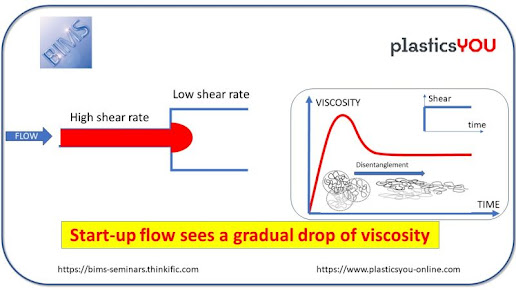Use of Lightweight Plastics in EVs Will Drive Penetration Rates & Growth, Forecasts Frost & Sullivan
With the electric vehicle (EV) production set to grow at a CAGR of over 80 per cent until 2017, plastics used in these vehicles will also see a tremendous growth. The need to increase EV mile range, paralleled by the inherent advantages of plastics — particularly that of lightweight — will drive penetration rates.
New analysis from Frost & Sullivan, Strategic Analysis of Plastics in the Electric Vehicles Market in Europe and North America, finds that the market earned revenues of $ 0.5 million in 2010 and estimates this to reach $ 73 million in 2017. The research covers power train plastics, battery casing plastics, thermal management system materials and wire and cable plastic materials.
As the electric vehicles market takes off, it is set to have a positive ripple effect on the uptake of plastics.
"Plastics for EVs are driven by light weighting trends which, in turn, are fuelled by the need to improve EV mile range," notes Frost & Sullivan Research Analyst Shree Vidhyaa Karunanidhi. "EVs are typically characterized by huge batteries which add to the overall weight of the vehicle and affect the mile range. To compensate for the battery weight, metals are increasingly being substituted by plastic."
Important structural components such as gears and motors are made of metal. Strength and crash-resistance requirements indicate that metals will remain the preferred material for these applications. However, plastics have huge potential in some of the minor, non-moving components such as energy recovery devices, cooling pipes, pumps, fans, casing materials.
The current level of penetration of plastics in these components varies. In the case of cooling pipes and fans, plastics are preferred, whereas for other components such as energy recovery devices (pedal and pump) and casing materials, plastics have low to moderate penetration. The inherent features of plastics are, nonetheless, set to push their rapid growth rate in these segments.
"The reduced scope for plastics in EVs in comparison to conventional, gasoline-fuelled vehicles poses a major restraint to market prospects," cautions Shree Vidhyaa. "EU end-of-life vehicle (ELV) recycling legislation, which entails the use of recyclable materials, poses another challenge to market participants."
Although thermoplastics used in these cars are recyclable, automotive shredders are typically made up of different type of plastics. These need to be sorted out before they are recyclable.
Therefore, on the one hand there is a need to lightweight cars to improve the mile range in EVs. On the other hand, ELV recycling legislation requires the OEMs to use recyclable materials.
"This issue can be solved if OEMs work with tier-1 suppliers to develop recycling technologies," advises Shree Vidhyaa. "This will ensure sustainable use of plastics in the long-term."
Strategic Analysis of Plastics in the Electric Vehicles Market in Europe and North America is part of the Chemicals & Materials Growth Partnership Service programme, which also includes research in the following markets: Supply Chain Analysis of the Automotive Carbon Fiber Composites Market and Prevalent Substitution Trends within Materials and Chemicals in Automotive Light weighting. All research included in subscriptions provide detailed market opportunities and industry trends that have been evaluated following extensive interviews with market participants.


Comments
Post a Comment